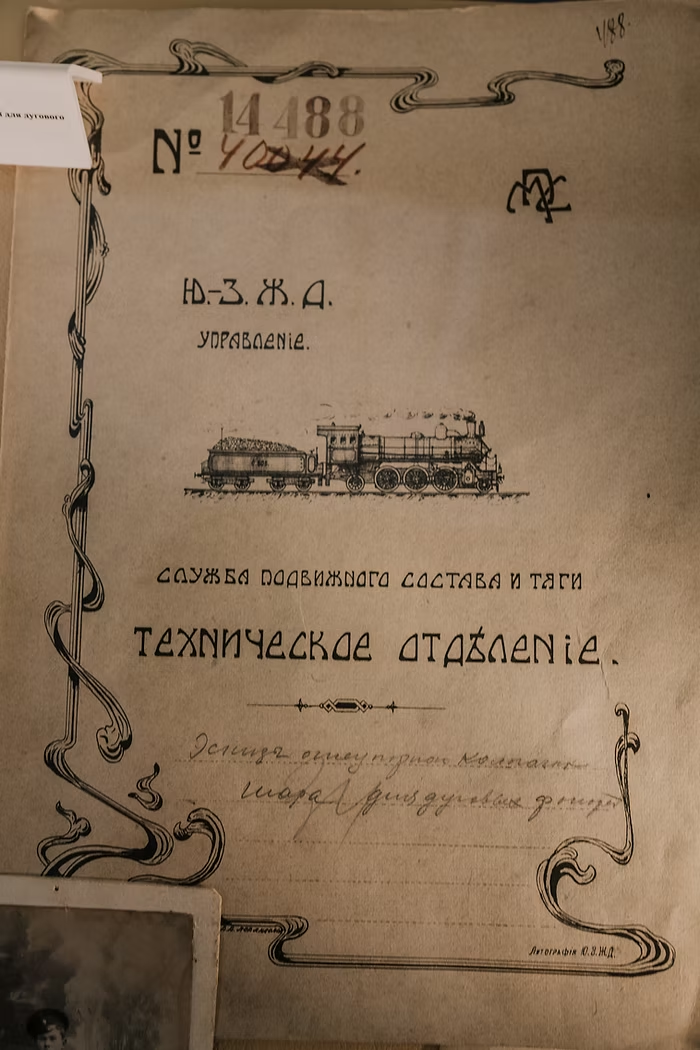

May 18, 2021

A couple of years ago at a meetup I talked about using cert-manager on OpenShift. At the time I used the Kubernetes Ingress object with cert-manager as it is directly supported by cert-manager. Unfortunately, OpenShift Routes are not supported by cert-manager even though someone made a PR to support them.
Fortunately for the OpenShift community this PR led to the creation of cert-utils-operator which patches OpenShift Routes with the Certificate generated from cert-manager.
ALL OF THIS because OpenShift Routes do not support TLS via k8s secrets.
I will also be using Venafi Cloud as the CA for this integration. Venafi has a pretty awesome API and it offers a wide variety of integrations which also includes a Terraform provider.
Now, with that out of the way, I’m going to write about how to configure cert-manager with Venafi for OpenShift routes with the help of the cert-utils-operator.
The installation of cert-manager is pretty straightforward. Just do this:
oc create namespace cert-manager
oc apply -f https://github.com/jetstack/cert-manager/releases/download/v1.3.1/cert-manager.yaml
I installed it via Helm:
oc new-project cert-utils-operator
helm repo add cert-utils-operator https://redhat-cop.github.io/cert-utils-operator
helm repo update
helm install cert-utils-operator cert-utils-operator/cert-utils-operator
There’s a series of easy steps that need to be done as prerequisites for the cert-manager integration. Steps for Venafi TPP are quite similar.
Click on Settings -> Issuing Templates -> Create a new Issuing Template.
I went with the default Venafi built-in CA.
Create a new Application by navigating to Organizations -> Applications. Choose the previously created Issuing Template when creating it.
Next, grab API keys to create them with a Kubernetes secret. Go to the newly created Application and click on API tools -> Kubernetes. You will see the kubectl command auto-generated with the API token.
Copy the command to create the Kubernetes secret. Create it in the namespace where certs are needed. I create them in a namespace called weather:
kubectl create secret generic venafi-cloud-secret \
--namespace='weather' \
--from-literal=apikey='your_api_key'
Create the Issuer for Venafi Cloud in the namespace where the certs are needed. You can also create a ClusterIssuer to make things more automated.
apiVersion: cert-manager.io/v1
kind: Issuer
metadata:
name: venafi-cloud-issuer
spec:
venafi:
zone: "certmanager\\cert-manager-it"
cloud:
apiTokenSecretRef:
name: venafi-cloud-secret
key: apikey
Apply the Issuer configuration:
kubectl apply -f issuer.yaml -n weather
Create the certificate to reference the issuer:
apiVersion: cert-manager.io/v1
kind: Certificate
metadata:
name: weather-certificate
spec:
secretName: weather-certificate
commonName: weather.apps.ocp.stackhack.ca
dnsNames:
- weather.apps.ocp.stackhack.ca
issuerRef:
name: venafi-cloud-issuer
Apply the Certificate configuration:
kubectl apply -f certificate.yaml -n weather
Once the certificate is created, it should automatically generate the secret containing the certificate:
kubectl get secrets -n weather | grep weather
Example output:
weather-tls kubernetes.io/tls 3 5s
If you’ve made it thus far, everything is good to go to inject this secret into the Route.
Finally, let’s create the Route to automatically inject the TLS cert from the secret. Note the annotations here. This is where cert-utils-operator comes into play to inject the secret into the Route. This will not work without these annotations on OpenShift Routes.
apiVersion: route.openshift.io/v1
kind: Route
metadata:
annotations:
cert-utils-operator.redhat-cop.io/certs-from-secret: weather-tls
cert-utils-operator.redhat-cop.io/inject-CA: "false"
labels:
app: weather-app
app.kubernetes.io/component: weather-app
app.kubernetes.io/instance: weather-app
name: weather
spec:
host: weather.apps.ocp.stackhack.ca
port:
targetPort: 8080-tcp
tls:
insecureEdgeTerminationPolicy: None
termination: edge
to:
kind: Service
name: weather-app
weight: 100
wildcardPolicy: None
Apply the Route configuration:
kubectl apply -f route.yaml -n weather
Navigate to the URL and check out the cert.
Expand the cert to make sure it’s the right CA.
Let me know if there are any questions!
The code used in the blog is available in this repo.